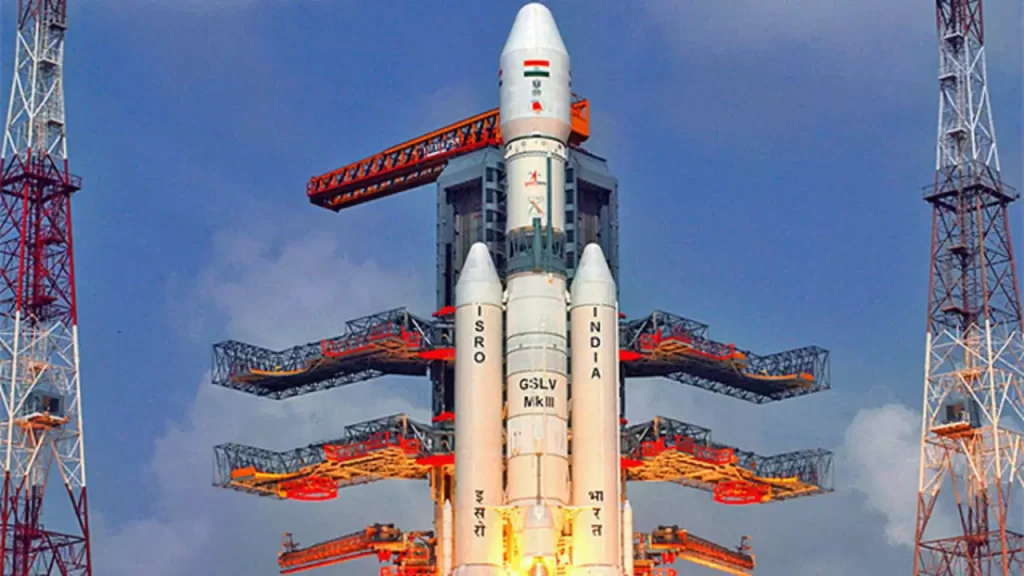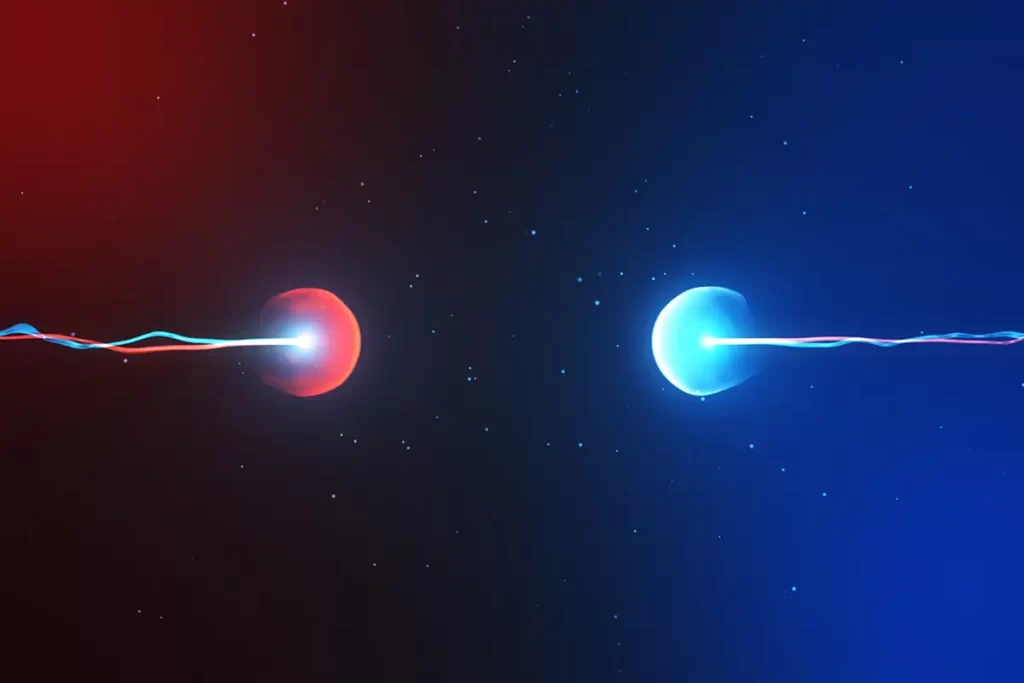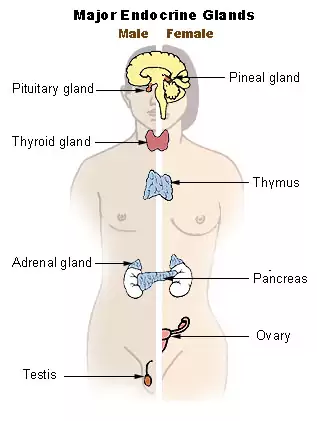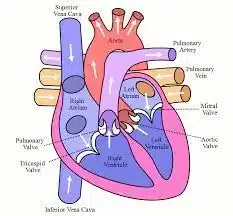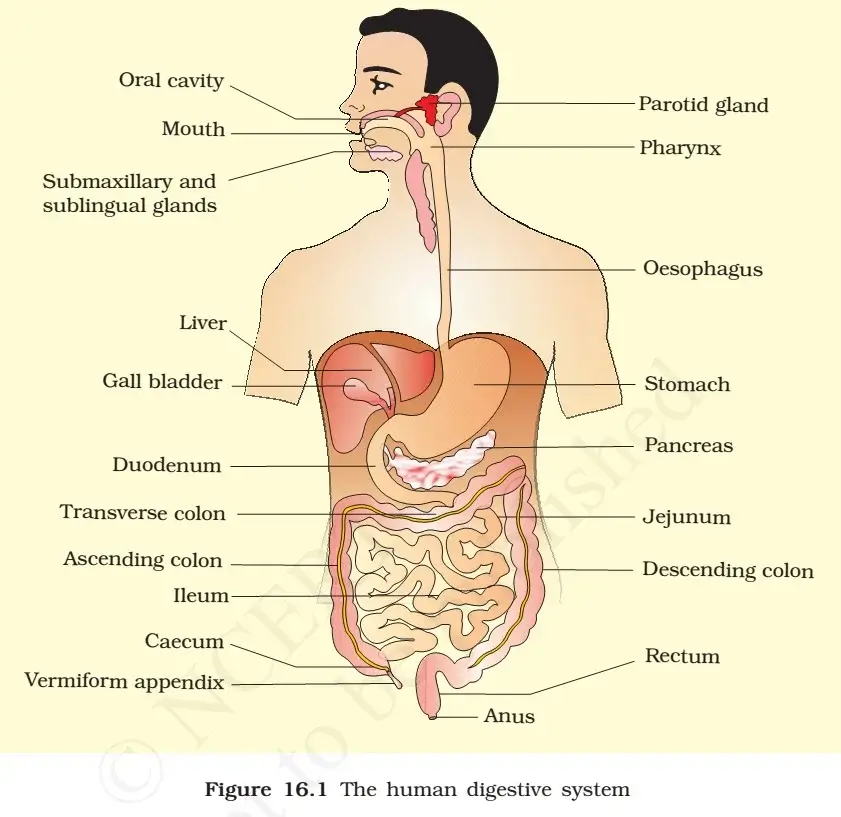The energy released by the change in the nucleus of atoms is known as nuclear energy. The changes in the nucleus of atoms is normally caused by either nuclear fusion or nuclear fission. The technology that manipulates such changes in nucleus (nuclear reaction) of some specific elements and transform into energy is known as nuclear technology. i.e. Nuclear technology is “the technology that involves the reactions of atomic nuclei”.
- Nuclear fusion refers to the “union of atomic nuclei to form heavier nuclei resulting in the release of enormous amounts of energy”.
- Fusion takes place when two low-mass isotopes, typically isotopes of hydrogen, unite under conditions of extreme pressure and temperature. Fusion is what powers the sun.
- Scientists continue to work on controlling nuclear fusion in an effort to make a fusion reactor to produce electricity. Some scientists believe there are opportunities with such a power source since fusion creates less radioactive material than fission and has a nearly unlimited fuel supply. However, progress is slow due to challenges with understanding how to control the reaction in a contained space.
- The word fission means “a splitting or breaking up into parts”. Nuclear fussion releases heat energy by splitting atoms. The surprising discovery that it was possible to make a nucleus divide was based on Albert Einstein’s prediction that mass could be changed into energy. In 1939, scientist began experiments, and one year later Enrico Fermi built the first nuclear reactor.
Nuclear power plants use pellets to fuel the plants. A pellet contains approximately 3% U-235 that is encased in a ceramic matrix.
Working:
- Nuclear fission produces heat, and this heat is used to heat water and make steam. The steam powers turbines which turn generators.
- The generators produce electricity. Nuclear power generates electricity much like coal- or diesel-powered plants. What is different from the other two, is that nuclear doesn’t produce greenhouse gases like the burning of fossil fuels. It does produce spent nuclear fuel that is radioactive, and this has disposal problems.
- The two main types of reactors in use today are the pressurized water reactor (PWR) and boiling water reactor (BWR). In the pressurized water reactor the water is heated by the nuclear reactions, but because the water is pressurized, it doesn’t boil. The water in the reactor heats the water in the steam generator side, but it is on a different loop so they do not mix. In the boiling water reactor, the water comes to a boil due to the heat produced by nuclear fission. The water from the reactor powers the turbine. In both systems, the water is reused.
There are several components common to all types of reactors:
- Fuel: Nuclear fuel is the element that is used in nuclear power plants to produce heat to power the turbines. Usually pellets of uranium oxide (UO2) arranged in tubes to form fuel rods. The rods are arranged into fuel assemblies in the reactor core. Following are the major fuel elements −
- Uranium dioxide
- Plutonium
- Uranium nitride
- Uranium carbide
- Pressurized water reactor
- Boiling water reactors, etc.
- Moderator: This is material which slows down the neutrons released from fission so that they cause more fission. It is usually water, but may be heavy water or graphite.
- Control rods: These are made with neutron-absorbing material such as cadmium, hafnium or boron, and are inserted or withdrawn from the core to control the rate of reaction, or to halt it. (Secondary shutdown systems involve adding other neutron absorbers, usually as a fluid, to the system.)
- Coolant: A liquid or gas circulating through the core so as to transfer the heat from it. In light water reactors the moderator functions also as coolant.
- Pressure vessel or pressure tubes: Usually a robust steel vessel containing the reactor core and moderator/coolant, but it may be a series of tubes holding the fuel and conveying the coolant through the moderator.
- Steam generator: Part of the cooling system where the heat from the reactor is used to make steam for the turbine.
- Containment system: The structure around the reactor core which is designed to protect it from outside intrusion and to protect those outside from the effects of radiation in case of any malfunction inside. It is typically a meter-thick concrete and steel structure.
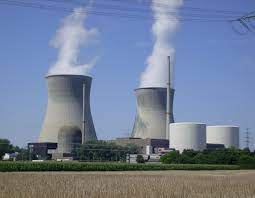
Application of Nuclear Technology
- Health and Medicine: Nuclear technology helps in treating cancer, test drugs and to sterilize surgical instruments and medical supplies.
- Agriculture and Food Safety: One-third to one-half of the food produced in the world is lost due to spoilage and infestation. Nuclear technologies can prevent much of this loss by delaying spoilage. Food irradiation technology kills illness-causing microorganisms, such as Salmonella, ampylobacter, and E. Coli, which frequently contaminate fresh meat and poultry.
- Consumer Products: Nuclear technology is essential to many products that contribute to every-day health and safety, such as smoke-alarms, radial tires and fail-safe lighting sources that require no energy supply. Every day products such as cosmetics, hair products and contact lens solutions are sterilized with radiation.
- Scientific Research: Entire areas of research and development in chemistry, metallurgy, genetics, biotechnology, hydrology and many other fields of science and engineering exist because of nuclear technologies. Radioisotopes are essential to biomedical research on AIDS, cancers and Alzheimer’s disease. Deep space exploration would be impossible without small nuclear powered generators. Radionuclides are essential tools for genetic research and determining the structure of DNA. Radio isotopic measurement techniques are the only way for accurately dating many historical and archeological artifacts and geologic formations.
- Environmental Protection: Nuclear technology is not limited to research; it is also used to solve problems while eliminating harmful environmental impacts. Radioisotope techniques are essential to climatological investigations related to climate change. Radionuclides are helpful in determining plant and sea assimilation of greenhouse gases, and measuring carbon dioxide releases from industrial areas. Radioisotope techniques are used to study the chronology of contaminated river and lake sediments. Rather than using toxic chemicals, solid wastes and sewage can be treated with radiation techniques.
Advantages of Nuclear Energy Production
Following are the Advantages of Nuclear Energy Production −
- Nuclear energy has the least impact on the environment, as it does not pollute air.
- Nuclear plant does not require a very large area for setup.
- Nuclear energy plant does not release greenhouse gases.
- Once constructed and made it operative, its maintenance cost is much cheaper
Disadvantages of Nuclear Energy Production
Following are the Disadvantages of Nuclear Energy Production −
- It is very expensive to set up a nuclear plant.
- Different types of approvals are required including government’s approval.
- Nuclear waste is very hazardous, as it remains radioactive for thousands of years.
- Though it is rare, but nuclear accident is highly fatal. For example, the Chernobyl disaster (about 30 thousand people died).
Also refer :
- Download the pdf of Important MCQs From the History Of Ancient India
- List Of Important Inscriptions In India
- India’s Three-Stage Nuclear Power Programme.


